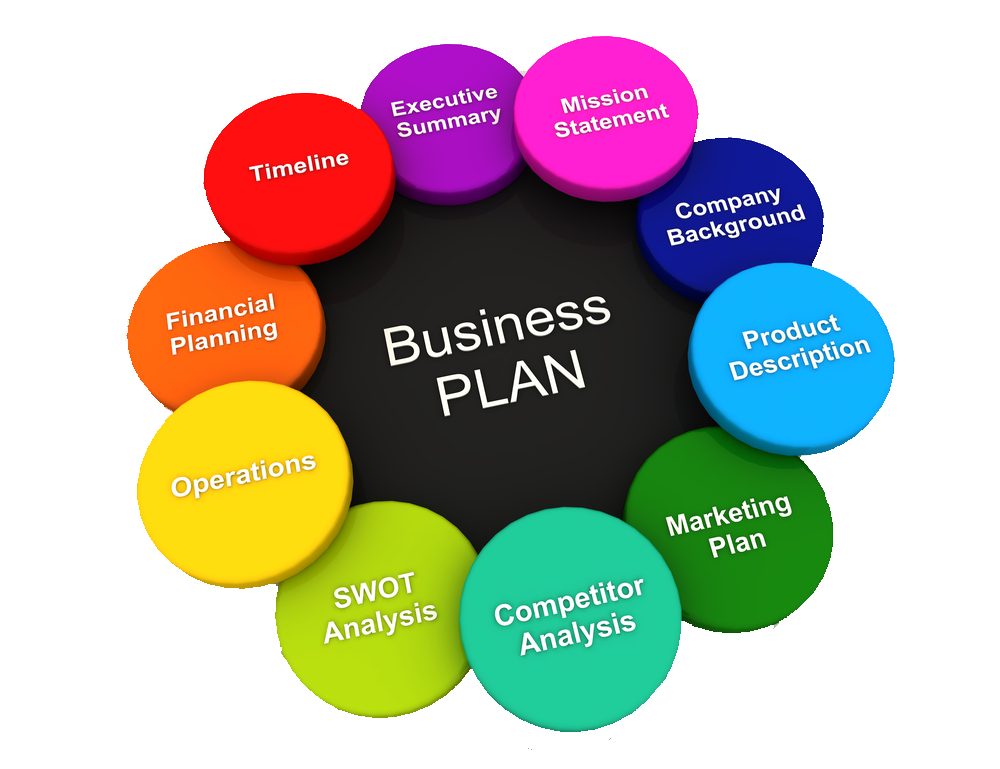
How to Prepare a Business Plan That Sets You Up for Success
Starting a business is an adventure — it’s the dream of turning your passion into your daily grind. But before you dive in, there’s one critical map you’ll need: a business plan. Don’t worry, you don’t need to be an MBA graduate or a seasoned entrepreneur to draft a solid business plan. If you’re new to this or perhaps English isn’t your first language, let’s walk through this together, step-by-step.
What is a Business Plan, Anyway?
Imagine you’re setting out on a long journey. A business plan is like your GPS — it guides you where you need to go, shows you how to avoid obstacles, and helps ensure you reach your destination. It outlines your business goals, strategies and how you plan to achieve success.
Start with a Clear Vision
Before drafting your business plan, define what success looks like to you. Ask yourself the big questions: What is my business all about? Who am I helping? What makes my business different from the rest? By setting your vision straight, you’ll lay a foundation for everything that comes after.
Know Your Audience
Business plans can serve different purposes. Are you trying to secure funding from investors? Or is it a roadmap for your team? Maybe it’s both. Understanding who will read your plan will shape the way you write it. You’ll want to tailor your language, detail, and focus to match their expectations.
The Key Elements of a Business Plan
Your business plan doesn’t need to be a novel, but it should cover the essentials. Here are the components to include:
Executive Summary
This is the appetizer — the sneak peek of your business plan. It should summarize the main points: your business concept, financial features, and current needs. Think of it as the elevator pitch; if this is all someone reads, they should grasp the essence of your venture.
Company Description
This is where you dive deeper into your business concept. Describe your products or services, target market, and the problems you solve for your customers. Make sure to highlight the benefits you offer that your competitors don’t.
Market Analysis
Time to showcase that you’ve done your homework. This section should give a clear picture of the industry, market size, expected growth, and your target customer. Showing a deep understanding of market trends can win over skeptics and show you’re in tune with the business climate.
Organization and Management
This is your space to show off your dream team. Detail your business’s legal structure, ownership, and the key players involved. Describe their expertise and how their experiences will contribute to the success of your business.
Service or Product Line
What are you selling, or what service are you providing? Discuss the lifecycle of your product or service and how it stands out. If there’s research and development involved, this is the place to talk about future plans.
Marketing and Sales Strategies
How will you reach your customers? And more importantly, how will you convince them to buy? This section should outline your marketing plans, sales strategies, and the nitty-gritty of how you’ll attract and retain customers.
Funding Request
If your business plan is intended for potential investors, you’ll need to be clear about your funding requirements. State how much capital you need to start or expand your business, and how you plan to use the funds.
Financial Projections
This is a critical part of your plan. Provide a financial outlook for the next five years. Include income statements, balance sheets, and cash flow statements. Be realistic, but it doesn’t hurt to show a little optimism — just make sure you can back it up with data.
Appendix
An optional section, but handy for adding any supporting documents. Think permits, legal documentation, resumes of your team, or additional product information.
Writing Your Business Plan: Tips for Success

Be Clear and Concise
Keep your writing simple and easy to understand. Skip the jargon and use plain English. Your goal is clarity, not showing off a fancy vocabulary.
Be Honest
It can be tempting to overpromise, but be truthful about your business’s potential and challenges. Investors appreciate transparency, and your team will value realistic goals.
Be Professional
While you want to keep the language accessible, it still needs to be formal and respectful. This is a serious document for serious people.
Include Evidence
Back up your statements with solid data. Use market research, case studies, or testimonials to strengthen your plan.
Keep It Dynamic
Your business plan is not a one-time thing. It’s a living document that should grow and change as your business evolves. Review and update it regularly to keep it relevant.
Writing a business plan may seem daunting, but it’s not rocket science. It’s about taking all those brilliant ideas out of your head and organizing them into a structured format that others can understand and believe in. Remember, your business plan is your roadmap to success, and with a well-thought-out plan, you’re already halfway there. So take a deep breath, gather your thoughts, and start charting the course of your business’s future. With these steps in hand, you’re ready to create a business plan that can pave the way to your success. Good luck!